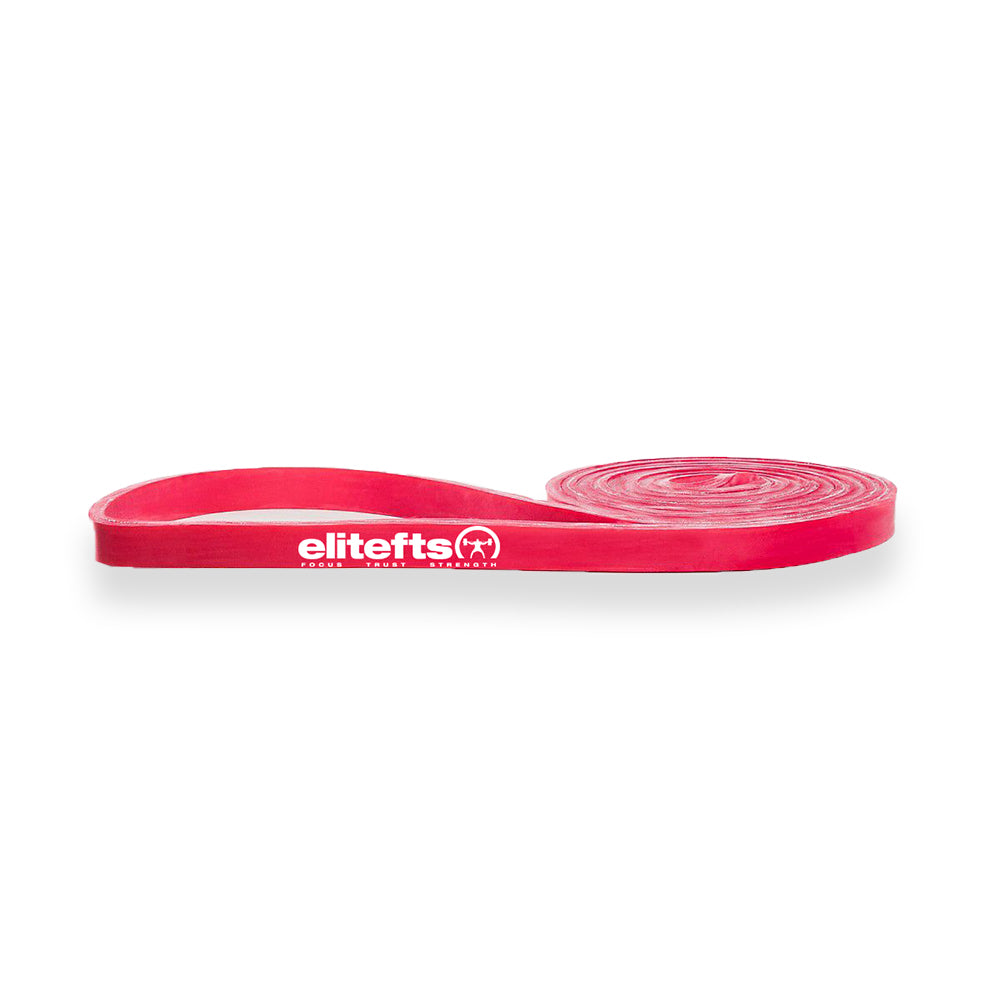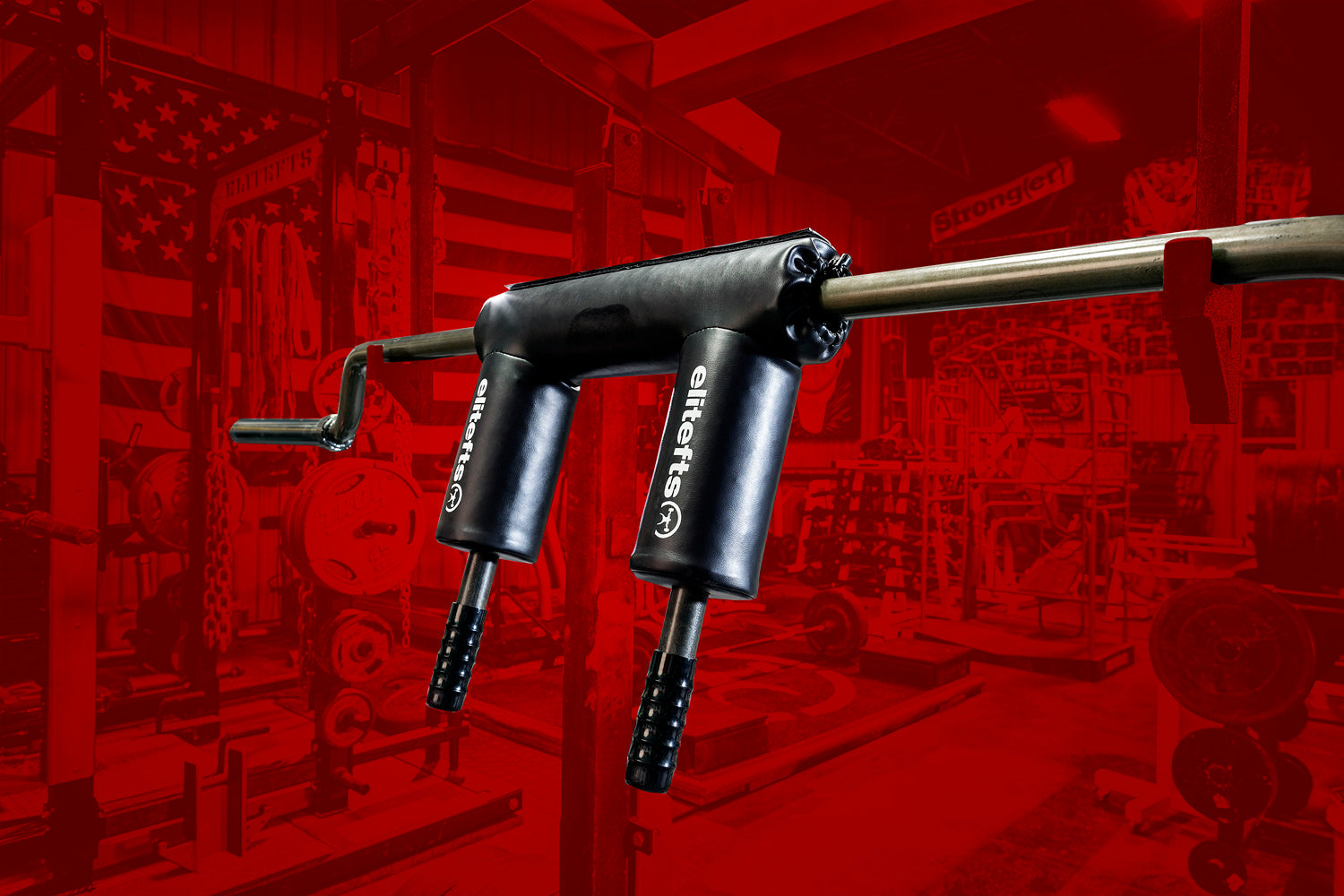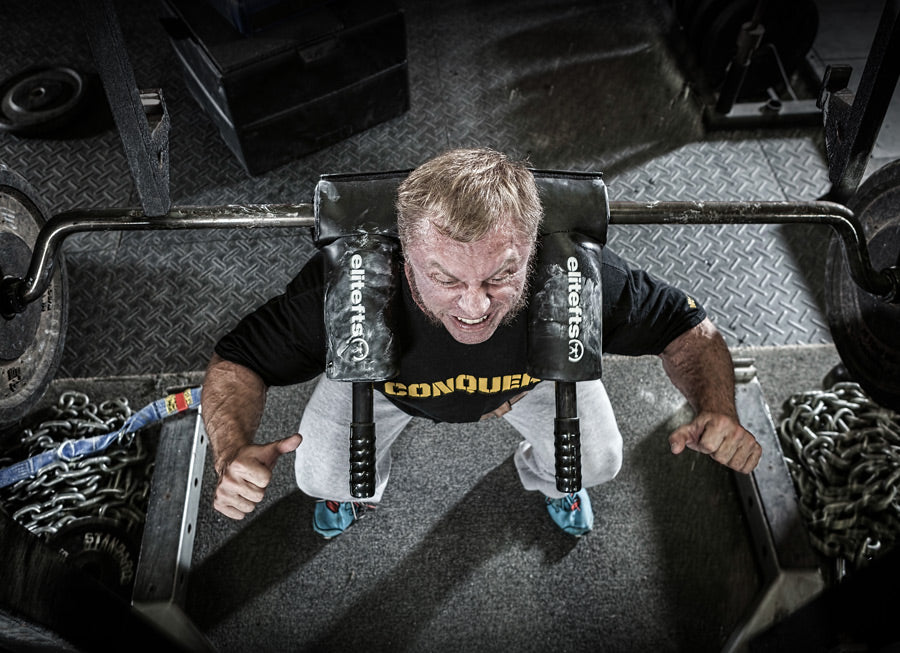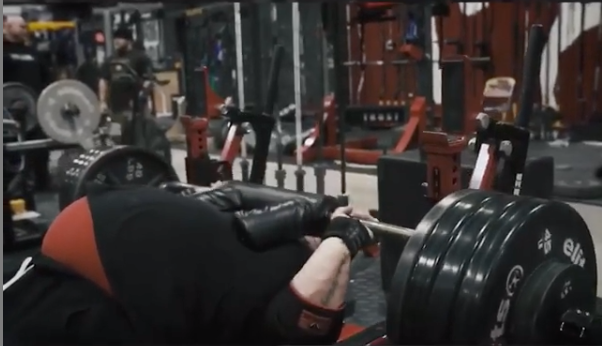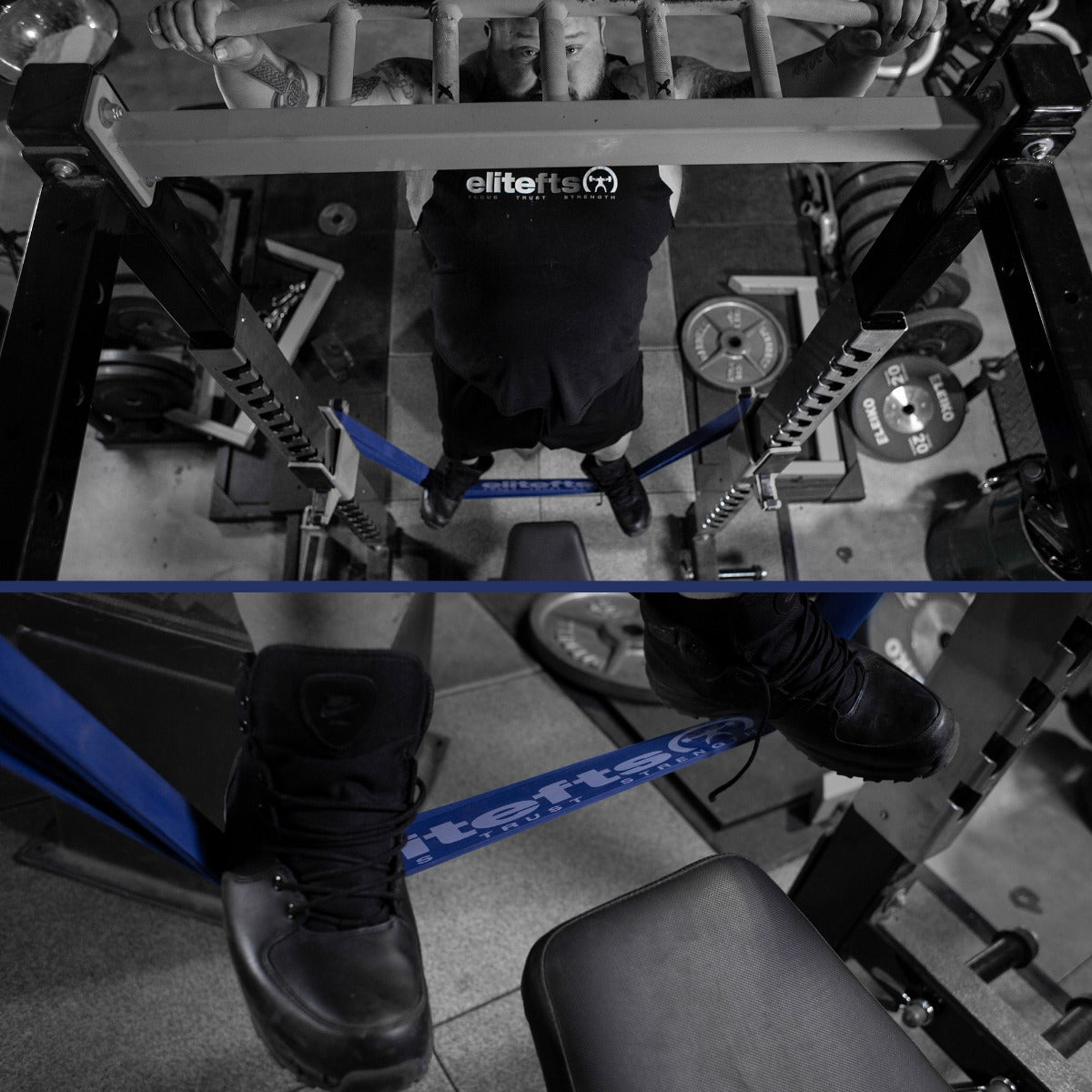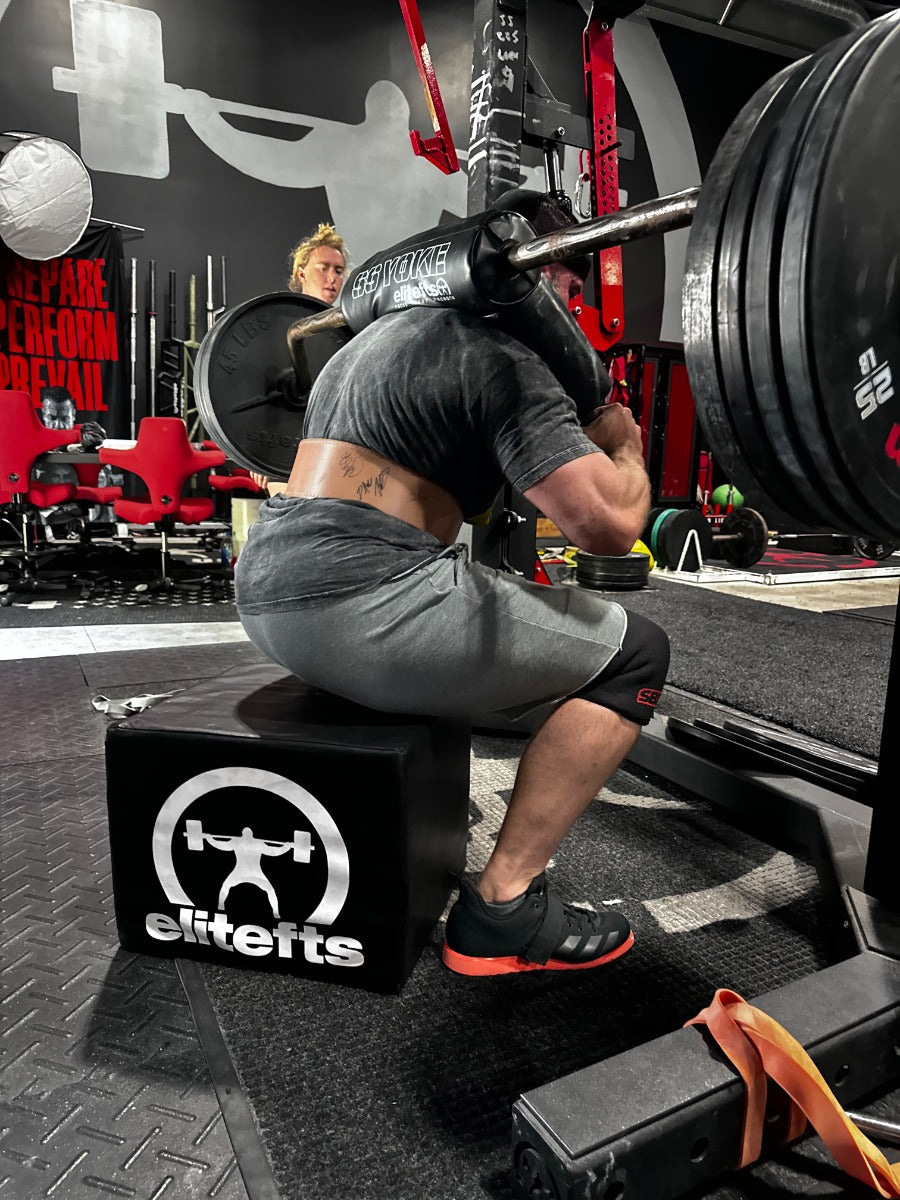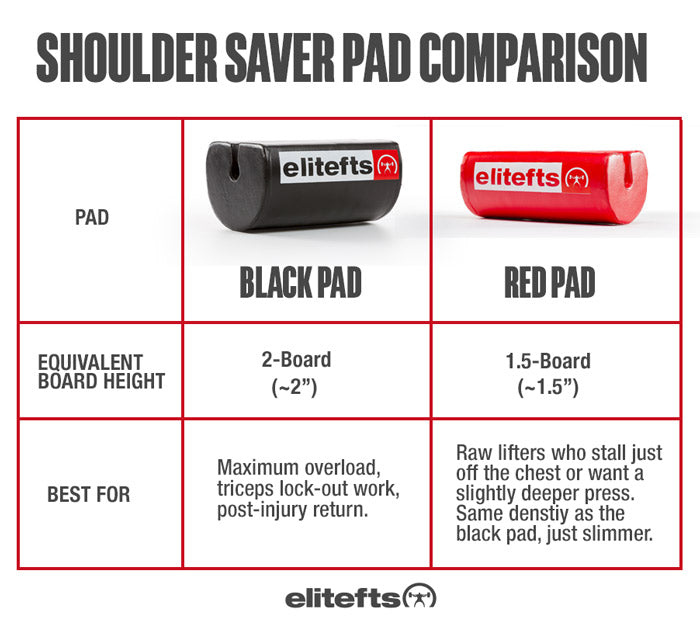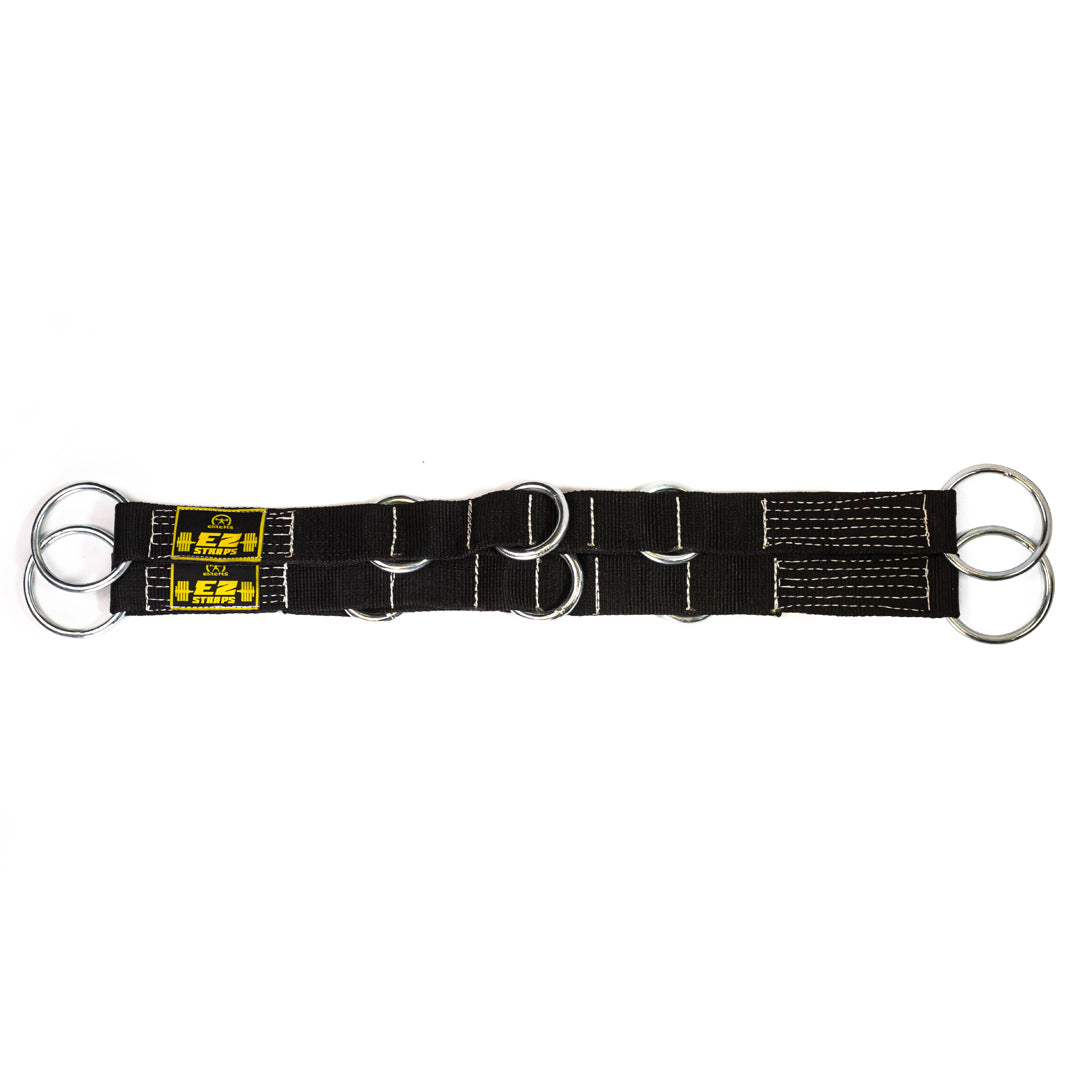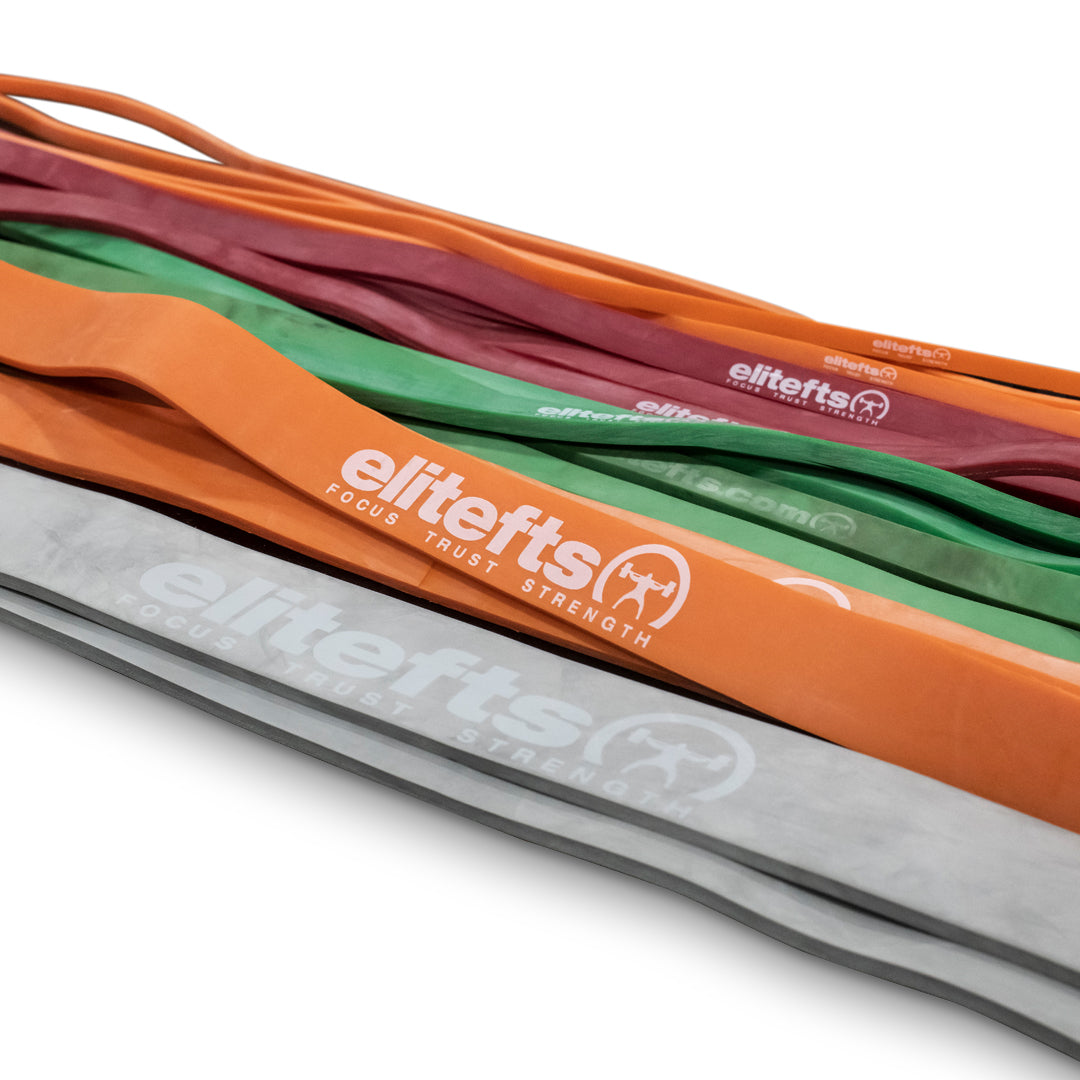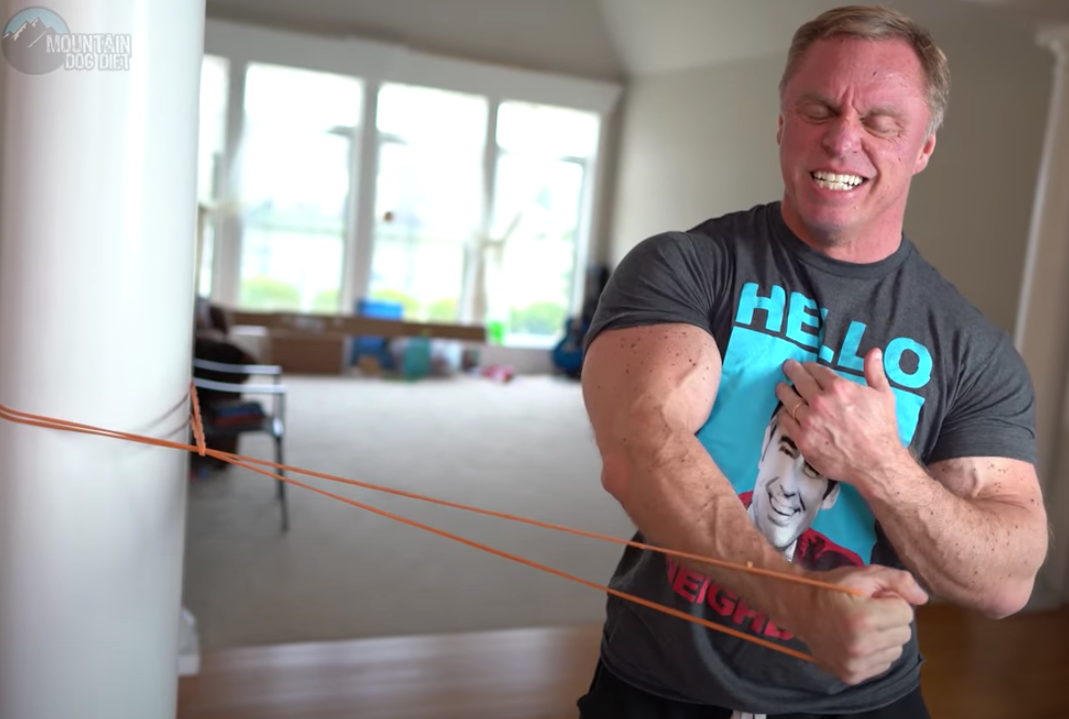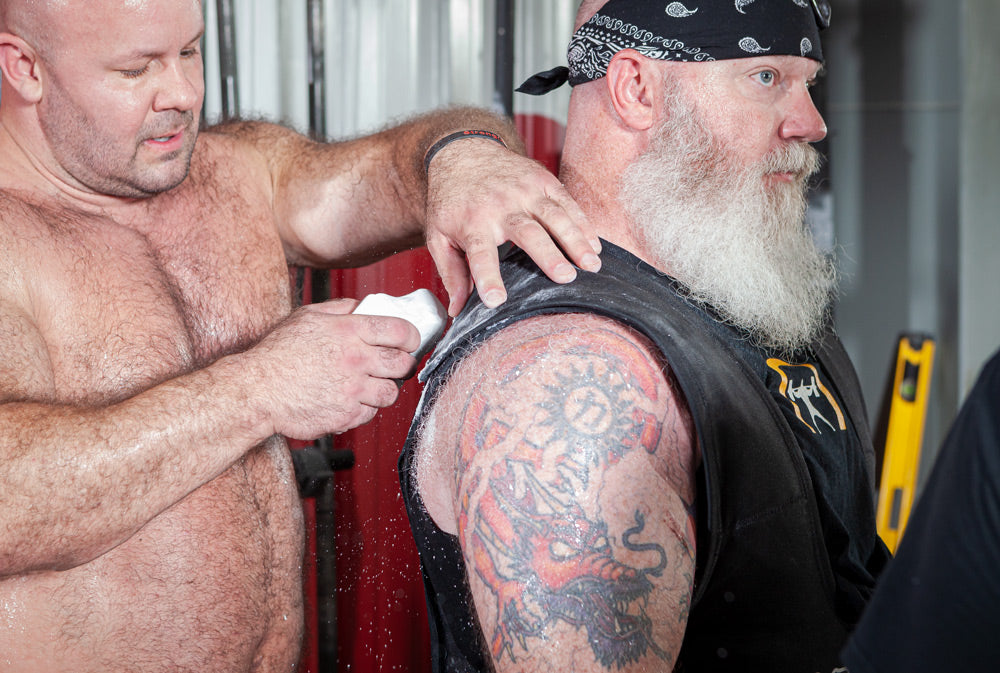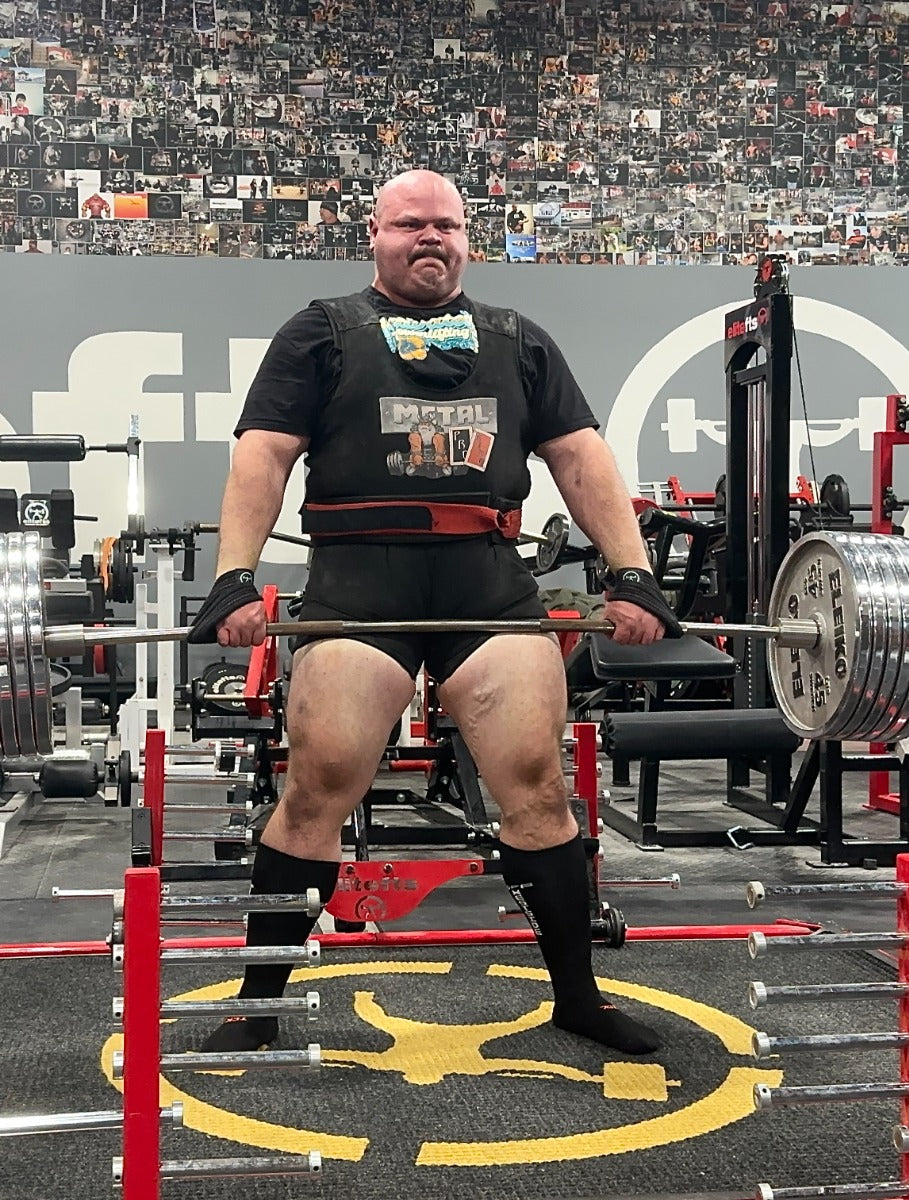presentation, Jeremy had talked about bringing the 5 Es to every training sessions. I stole those immediately. Like any other time I get some outstanding information from other coaches, I go through a standard process after that information is absorbed.
- Give credit to the originator out of respect, even if it appears to be "name-dropping."
- Adapt the information given to fit my current situation or plan to adapt to future situations.
- Give examples of parallels, mistakes, and specific points I have learned.
The 6 Es to Bring to Every Training Session
Be an Example
Be an Example to your athletes and fellow coaches in the weight-room. All the qualities you expect from your athletes in the weight room should be embodied by you as a coach. It is no secret that developing trust is a crucial element in the coach-athlete relationship. Athletes build that trust based on vulnerability, honesty, and integrity. Athletes know almost immediately when a coach is not being who they really are. Regardless of age, athletes can tell when a coach does not have their best interest in mind. Simply by doing what you say you are doing to do as a coach will always lay a solid foundation in the program.- Be Vulnerable. Let the athletes see who you are. Most humans dont have the capacity to respect who they dont like. If they dont know you, they cant trust you.
- Be Honest. Even when your words are not what the athletes want to hear.
- Have Integrity. Mean what you say and say what you mean.
Bring all your Experience
Bring all your Experiences to every training session. It is not just experience that separate good from great strength coaches. It is specifically how they use those experiences to correct mistakes, improve as a coach, and to develop their own comprehensive coaching philosophy. Bring those experiences to the weight room every day. Furthermore, as John Maxwell has said, it is evaluated experience that is the most meaningful. There were times in my career in which I had no one to bounce ideas off of or to observe and critique my coaching ability. This is the main reason I sought out summer internships even when I has a full-time head strength and conditioning coach. Think about the strength and conditioning profession. If you are a head coach or director, there is no one technically qualified to evaluate your position. This, to me, is one of the many aspect of the industry that holds us back. Head strength coaches run the dangerous risk of complacency unless they do the following.
- Hire high quality coaches who bring almost as much experience, more knowledge, and way more energy to the staff.
- Have the confidence and courage to have healthy conflict in
staff meetings to determine what is best for the program. - Allow assistants the autonomy to coach, program, and add input to serve as another resource for the entire staff.
Create an Environment
Create an Environment that permeates the right culture and attitude to enable success at all levels. Hold all teams, all athletes, accountable for their actions, their effort, and their performance. Create a training environment where athletes want to be and want to improve. As I have heardTodd Hamer explain in one of our interviews, coaches have to determine if they are going to be the thermostat or the thermometer. Coaches will need to set the tone of the session and adapt expectations based on factors such as the specific team, time of year, and overall goals. Every team has a different culture that the strength coach needs to immerse him or herself in. Understanding that culture and creating the most optimum environment for performance is one of the may unwritten duties that great strength coaches have mastered. The next three Es will all combine to help create the appropriate environment.
Communicate Expectations
Communicate Expectations to all athletes, coaches, parents, and administrators involved in the program. The method and terminology may be adjusted for the specific audience, but the philosophy, methodology, and principles need to be consistent to all parties interested. The job of a coach is to set goals for athletes they could never set themselves, provide the strategy to achieve those goals, and assist them along the way. I compare the athlete physical development process to a road trip.- Determine the destination
- Assess how and how long the journey will take to reach that destination
- Provide directions and a timeline for the trip
- Educate, Motivate, and Re-evaluate the traveler along the way
Bring Energy
Bring Energy to every session. Athletes are going to feed off you as a coach in the weight room. It is you, as a coach, they will buy into in the first place, not the program. Athletes generally do not care about the specifics of your programming or periodization scheme. They want to know you as a coach have their best interest in mind. If you are not excited about the training session, then it will be difficult for athletes to have the desired focus, passion, and tempo. Contrary to popular belief, most athletes don't need a cheerleader or a clown performing ridiculous stunts to gain false bravado and fake motivation. Athletes will feel your energy much more with your attention-to-detail, high standards of performance, and the demand for their absolute best than with you jumping around yelling inaudible sounds. They should see the energy in your eyes and actions more that they should hear your energy in false promises and idle threats.
Have Empathy
Have Empathy for your athletes. This is not the same as sympathy. This is not to say coaches need to "feel bad" for their athletes that they have to wake up at 5:30am. This is not feeling pity for thier athletes for any reason. Empathy is simply putting yourself in the athletes shoes. It is having an understanding about what the athlete has been through that day, that week, that month, and their entire life before showing up to your weight-room. Having empathy means you have gained a perspective on what the athlete has to overcome to accomplish the goals you have set for them. When I coached at West Point, the rising sophomores would do their field training in the summer. Understanding they may need to perform a Ruck March (we called it a hump in the Corp) after your 515am training session would give you some idea of how to adjust their training. It helps no one get better if you are abusing your power as a coach to prove a point to the people that would run through a wall for you regardless of the training session. Athletes are going to have tests, labs, papers, relationship issues, (this list can go on forever). When the people you train on a day to day basis are emotional roller coasters, you as a coach need to be the most stable aspect of their lives. That is empathy. Thank you to my friend Jeremy Boone for his incredible wisdom and humble insight.- Be an Example
- Bring all your Experience
- Create the Environment
- Communicate Expectations
- Bring Energy
- Have Empathy
Articles by Mark Watts
Olympic Lifting for Athletes: Using Static Holds to Improve Technique
Head Games: Training the Neck to Reduce Concussions
The Fastest Sport on Ice: Things You Don't Know About Bobsled
Tips to Crush the Combine Tests
An In-Season Training Guide for Baseball Pitchers
Individual Training in a Team Setting
Off-Season Training for Football (with 8-Week Program)
What is Really Wrong with Strength and Conditioning
The Last Sports Performance Podcast
Olympic Lifting for Athletic Performance
Sports Performance Coach Education Series
WATCH: How to Find a Strength and Conditioning Job
WATCH: Becoming a Mentor to Young Coaches
WATCH: The Four-Step Coaching Process
WATCH: 5 Strategies to Perform More Work in Less Time
WATCH: Why Communication is Key to a Better Coaching Career
WATCH: A Better Way to Train High School Athletes
WATCH: How to Implement Auto-Regulatory Training in a Team Setting
WATCH: Pre-Workout Circuits to Optimize Training Time and Maximize Performance
WATCH: Hypertrophy Circuits for Athletes in a Team Setting
Coaches Clinics
WATCH: Two Bench Press Mechanical Drop-Sets for Hypertrophy
WATCH: Two Lateral Speed Drills with Bands to Improve Change of Direction
WATCH: Adjusting the Glute-Ham Raise to Optimize Your Training
WATCH: Basic Linear Speed Acceleration Drills in a Team Setting
WATCH: Kettlebell Training for Team Sports














